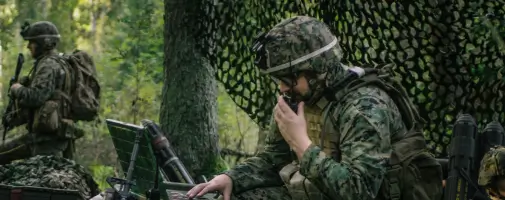SCATR™ empowers organizations to master Zero Trust Transit™ security by effortlessly altering data packets and protocols that adversaries seek on untrusted IP networks. Our patented Data Camouflage™ technology provides the means to manipulate and modify the size, structure, format, and characteristics of data packets in real time, making it nearly impossible for attackers to recognize and identify the true nature of the transmitted data.
- Camouflaged Data: By changing data packets and protocols, SCATR’s Data Camouflage™ technology effectively masks an organization's data to blend in with other network traffic. This obfuscation technique makes it challenging for attackers to distinguish between legitimate data and SCATR-protected data, as the packets appear similar to regular network traffic.
- Adaptive Security: The ability to change data packets and protocols on demand allows you to adapt to evolving security threats. If a particular protocol is compromised or becomes vulnerable, you can quickly switch to a different protocol, ensuring the continued security of the transmitted data utilizing the STUN™ security platform. This adaptability keeps attackers guessing and makes it harder for them to develop targeted exploits.
- Increased Complexity for Attackers: Identifying and filtering these protected data packets becomes a complex task for attackers when data protocols are constantly changing. Attackers would need to continuously monitor and analyze network traffic to determine which packets are part of the transmission, and even then, they would only have access to incomplete and obfuscated data fragments.
- Resilience Against Protocol-Specific Attacks: By varying protocols, data becomes resilient against attacks that target specific protocols. Even if an attacker manages to exploit a vulnerability in one protocol, the impact is limited as you can switch protocols on the STUN™ security platform, maintaining the obfuscation of the data in motion.
The ability to modify data packets and protocols on demand is a powerful feature of the STUN™ security platform that enhances an organization's data security by obfuscating the nature of the transmitted data and making it difficult for attackers to identify and target specific data packets. This protocol obfuscation, combined with data fragmentation and distributed routing, creates a robust and adaptable security solution for an organization's data in motion.
To find out more about how SCATR™ can protect your data in motion, contact us for a demo.
USE CASES








